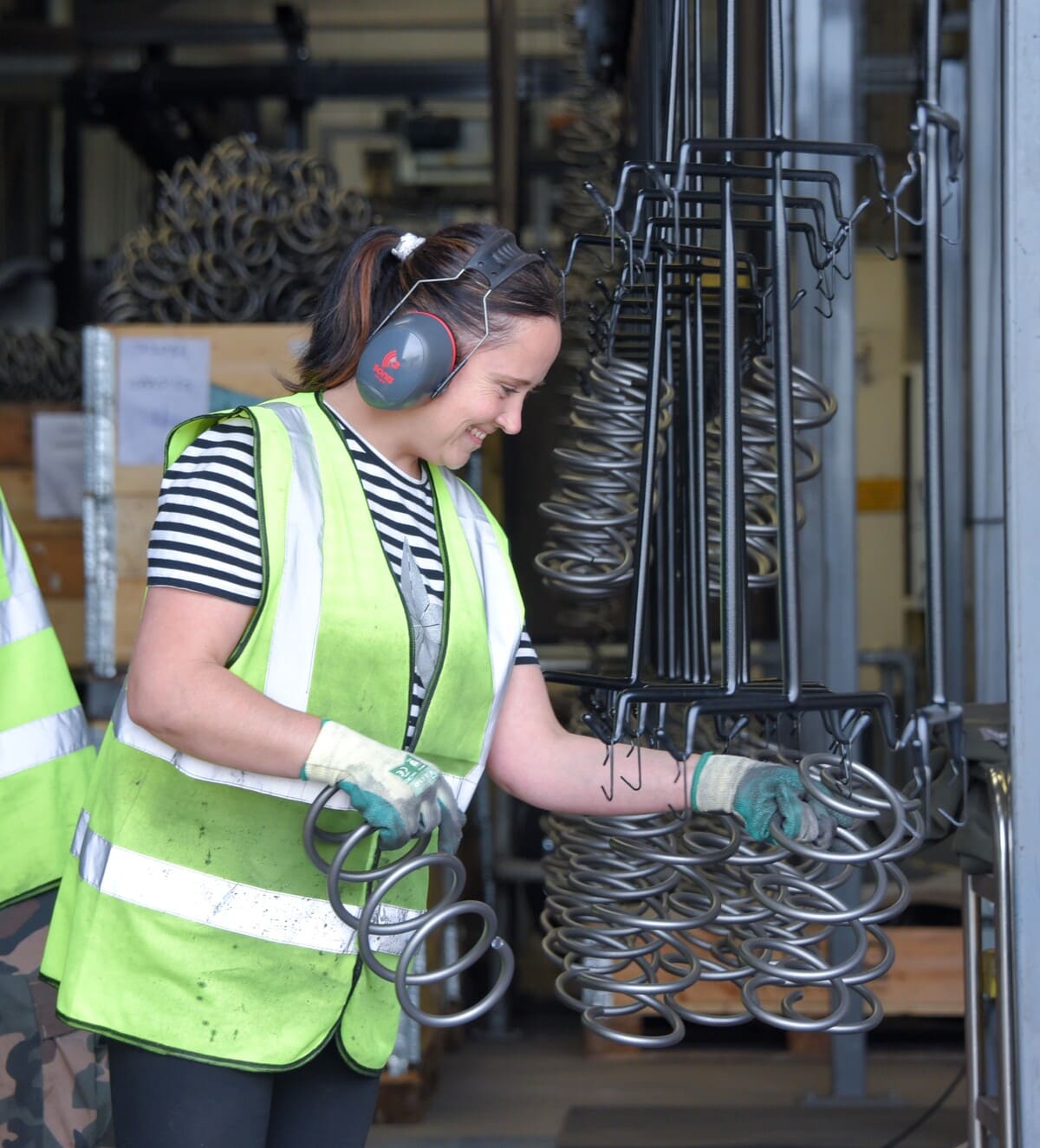
Springs are essential mechanical components that store and release energy to perform a specific function. There are three common types of springs: compression, tension and torsion springs.
ContentsThe Oxford Languages definition is an elastic device, typically a helical metal coil, that can be pressed or pulled but returns to its former shape when released, used chiefly to exert constant tension or absorb movement.
Our field of specialism is dedicated to three different types of springs – compression springs, torsion springs and extension springs (also called tension springs) and within these three spring shapes, there are a number of different spring designs.

A spring’s main function is to store energy and to release that energy when the force upon it is removed.
A compression spring’s unique design means that their compressed helix shape allows them to resist compressive forces.
The torsion spring is a coiled spring designed to have a rotational or twisting motion that exerts a force.
The extension spring, also known as a tension spring, has coils that are wound together, designed to give a pull force through an end fitting or loop when extended.
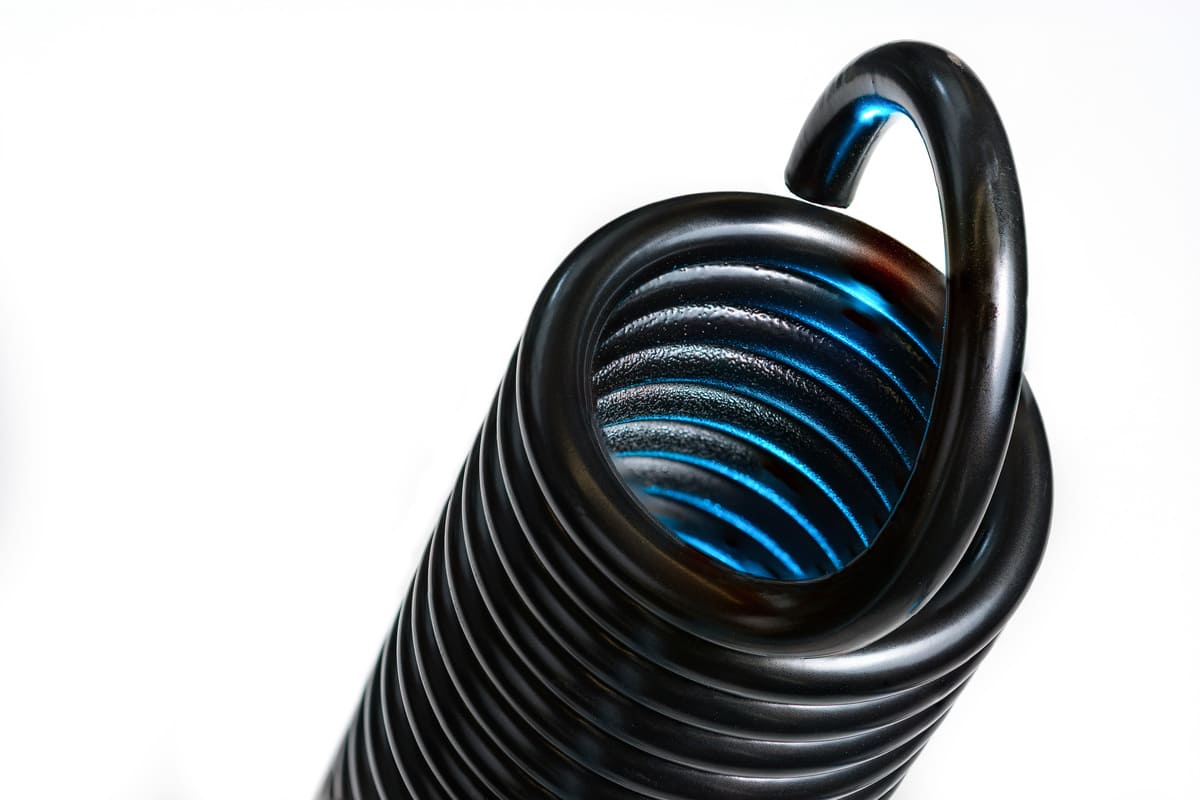
There are three main types of springs which are compression, torsion and tension springs. In addition there are disc springs, wave springs, clock springs, volute springs, power springs, constant force springs and garter springs amongst others. However, our focus is on our speciality - the three main types:
Applying a heavy load to the compression spring forces it to compress and condense, the wire spaces then reduce in size until the spring’s wire touches, reaching the spring's maximum compressed length.
The coils provide an opposing force when compressed - storing the force until it is released.
Designed to store and release angular energy, torsion springs are commonly used to hold objects in place or push them back to an original position.
The ends (or legs) of a torsional spring are attached to other components within an application and when these components rotate, the centre of the spring stores the mechanical energy and forces the components back.
Torsion springs are coiled springs that are designed to have a rotational motion that exerts a torque or force.
Extension springs are tightly wound coils that allow for an outside force to create tension through an end fitting or loop, using this energy to pull components back together when reverting back to their original tension spring shape.
Tension or extension springs are similar to compression springs but with one distinct difference, the load direction is reversed – a tension (pulling) force, instead of a compression (pushing) force, causes the deflection via an end fitting
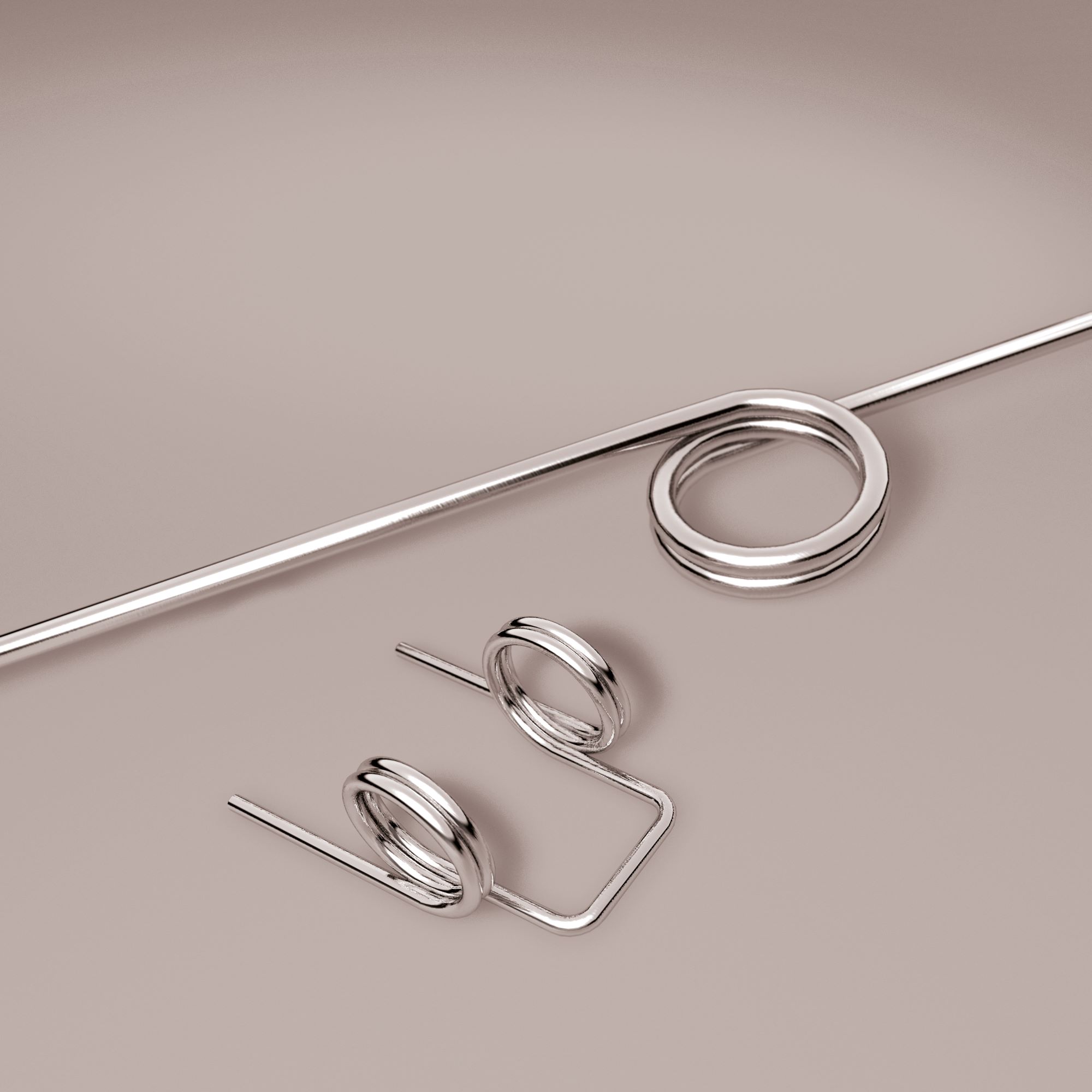
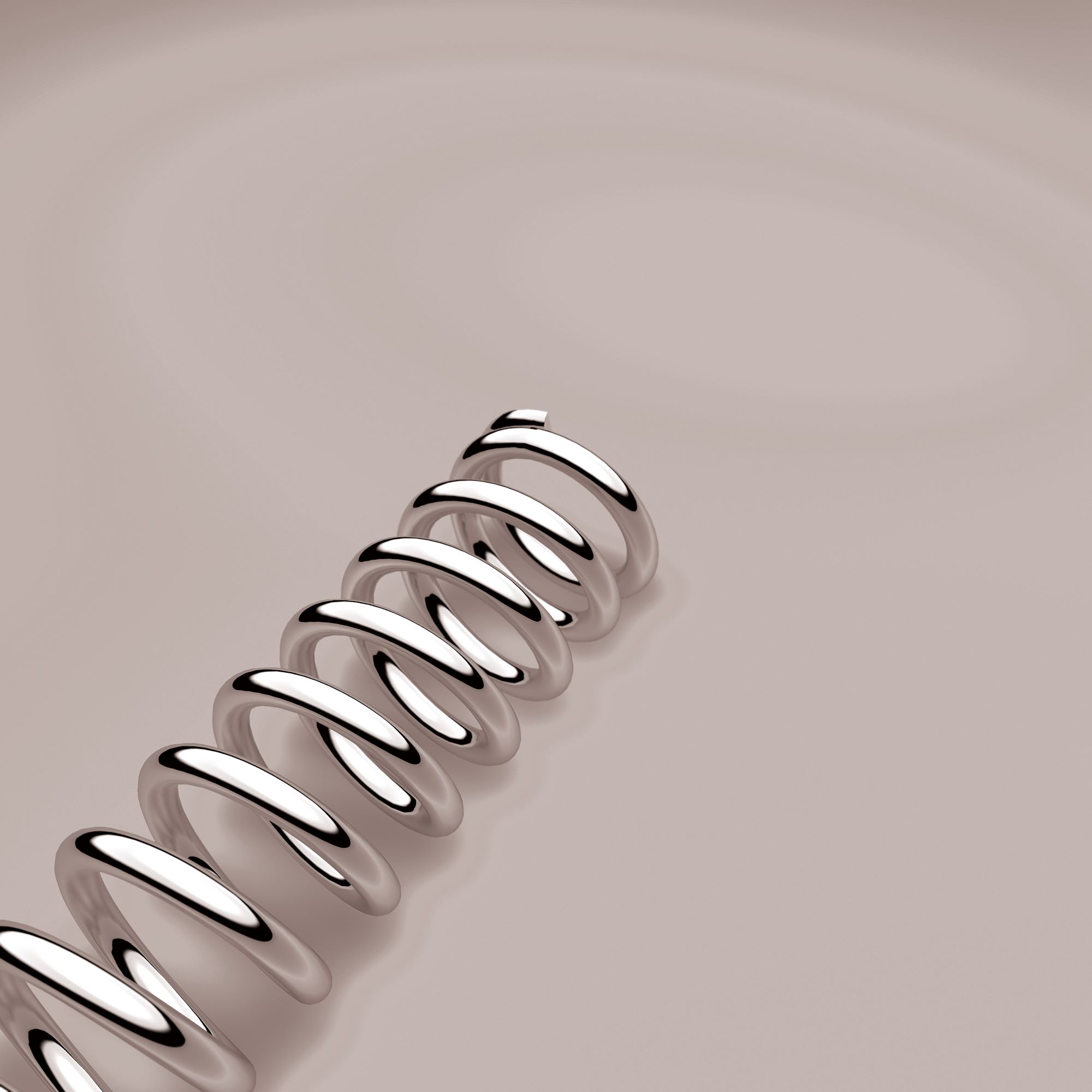
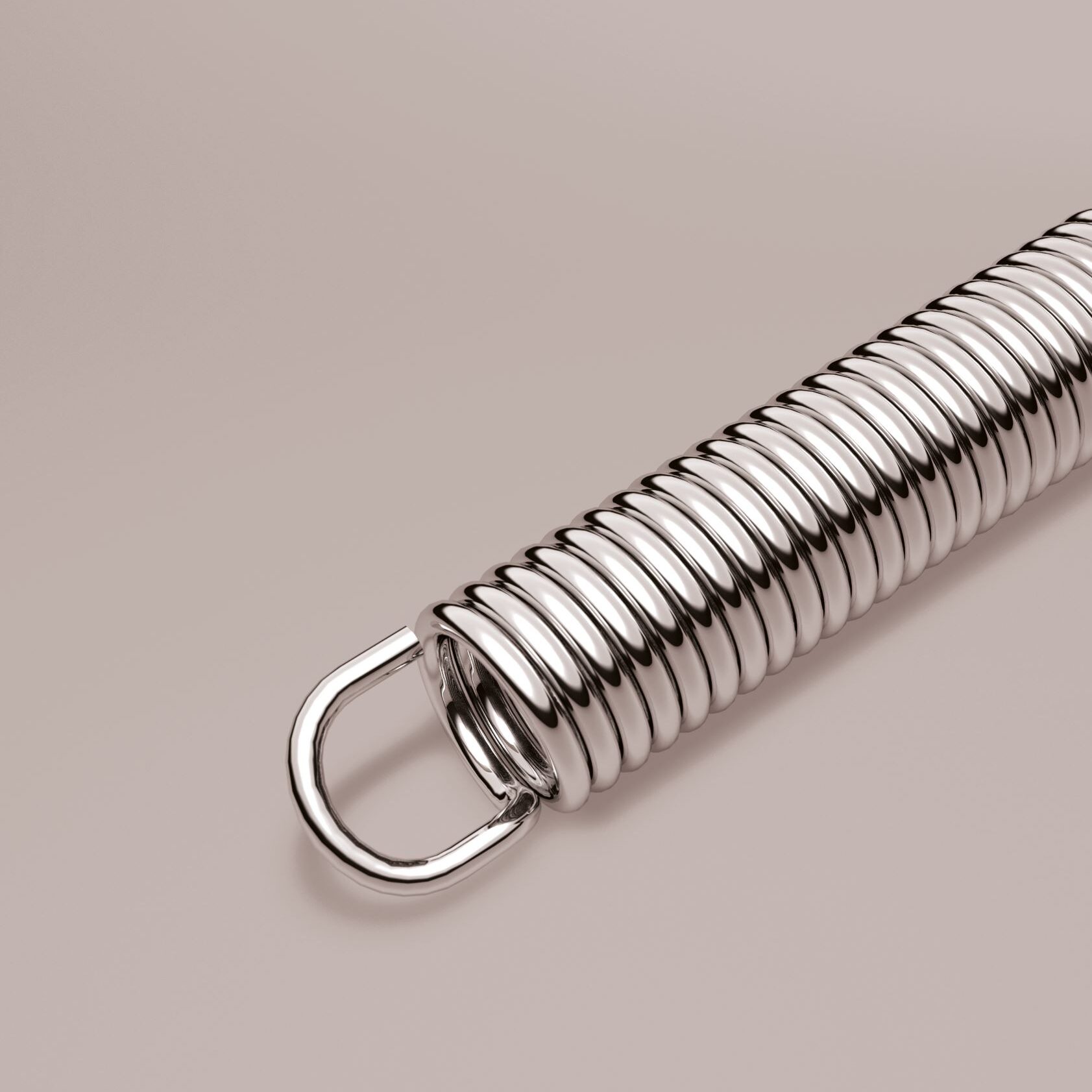
Our heavy duty springs are at the epicentre of the energy, transport, construction, motorsport, agriculture, rail, mining, oil and gas and robotic sectors, as well as many other industries.
A compression spring is used in any application that is required to store energy. Compression springs, of every size, are widely used across multiple industries for a variety of applications. Our heavy duty springs are widely used across the automotive, agriculture, fishing, mining, oil and gas, rail, energy and power generations, construction and motorsport industries.
From heavy duty clips to the tail gates of heavy plant machinery through to heavy-duty torsion springs for garage doors, our large torsion springs play a dominant role in the garage door and plant equipment industry.
Our extension springs operate across multiple industries including construction, robotics, lifting equipment, agriculture, elevators and heavy plant machinery as well as speciality equipment.



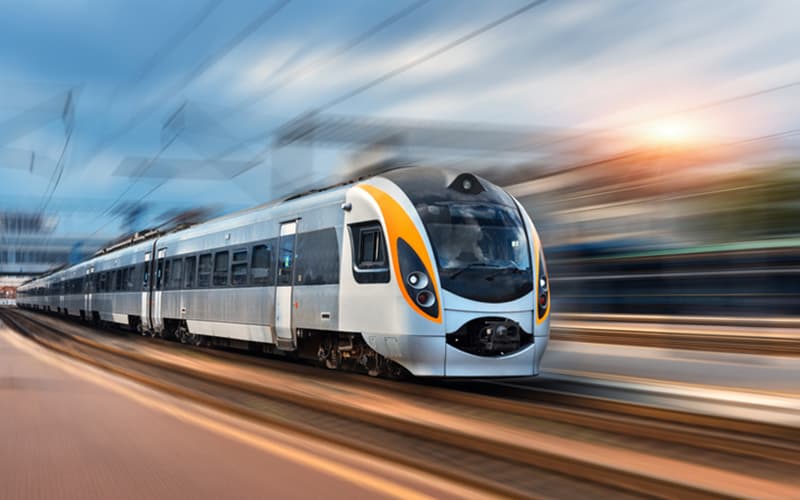
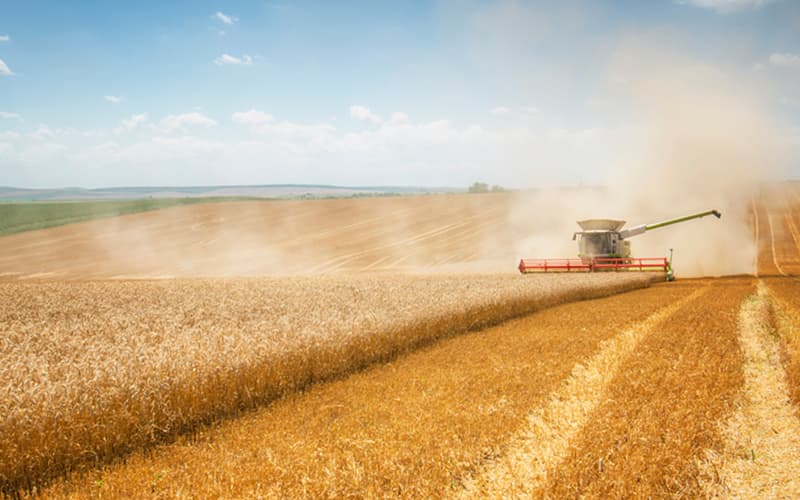
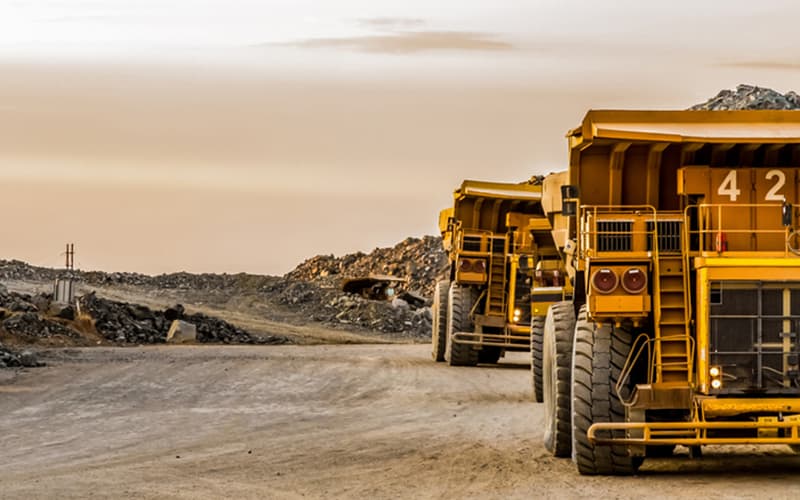
Springs are so versatile, and there are many types of metal springs performing many functions in every environment imaginable. To match those demands, the materials used to optimise the purpose and power of torsion springs, compression springs or extension springs need to be highly considered.
The most distinguishing property of a coil spring material is its mechanical strength and elasticity.
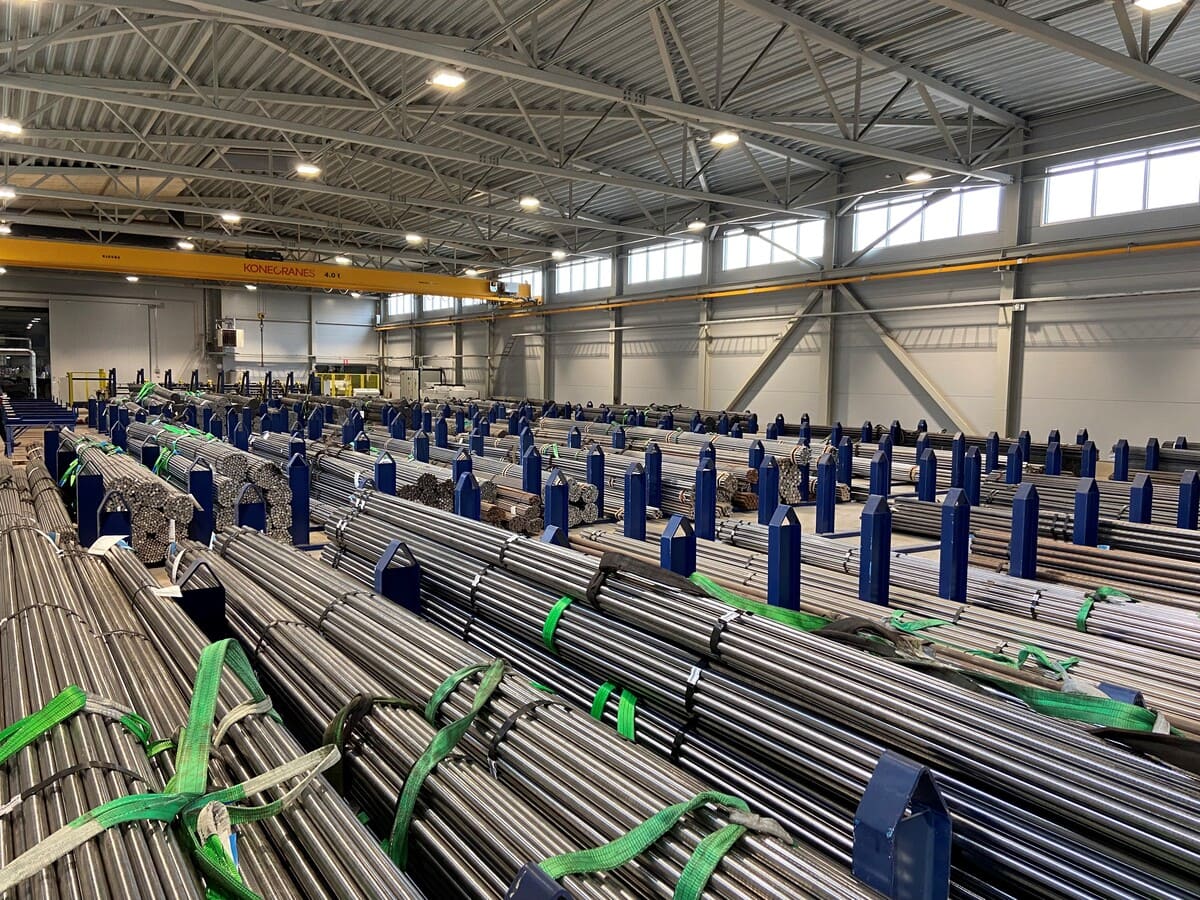
Springs are everywhere. From micro to massive, they are an essential component of a hugely diverse range of products. Across our group, we have springs that feature in extraordinary environments ranging from satellites to shipping from mining equipment to medical equipment to the most advanced technologies and the fastest of cars.
Our springs are a key part of the world’s infrastructure and it is our 175 year spring manufacturing legacy that ensures that the right spring design with the right spring material, married with expert manufacturing processes, secures the optimum performance and durability for the application of its purpose.